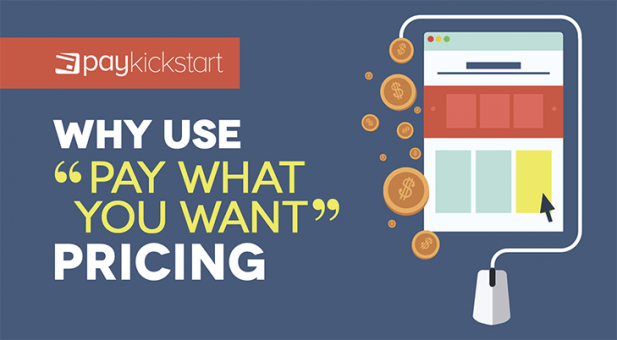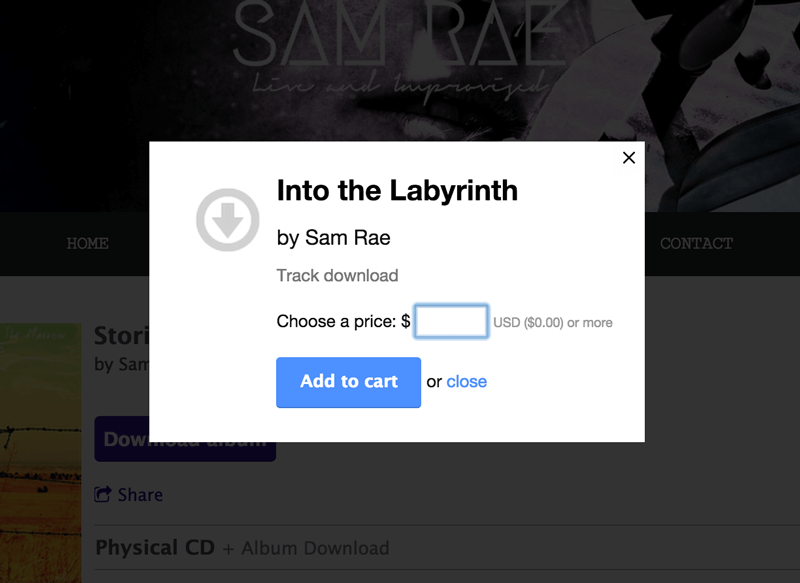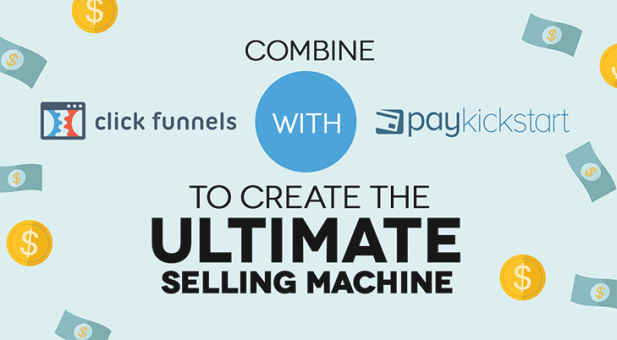Subscription growth hack (by PayKickstart)
Facebook Group - 3,932 members
Visit Group
Back in 2007 Radiohead did something that caught the attention of music fans and business people alike: they released In Rainbows, their seventh studio album.
It wasn’t the release of another Radiohead album that turned heads, though. It was how the album was released. Instead of going the traditional route of releasing the album through a label, Radiohead released the album themselves, on their own website. And they let fans decide how much (if anything) they wanted to pay for it.
Pay What You Want Pricing (PWYWP) wasn’t a new thing when Radiohead put out In Rainbows. It wasn’t even a new idea as far as the arts community was concerned. It had been around for years at that point. PWYWP existed as things like donation jars with suggested donations, musicians passing around hats or jugs in bars, buskers, and even in places like theaters.
Radiohead was just one of the first, highly publicized experiments in the practice.

The idea that you are effectively giving away (or risk giving away) something that you worked hard and invested your own money in seems counter-intuitive. Why wouldn’t you want to maximize your profit on something like that, after all?
It might surprise you to learn that there’s a few ways that PWYWP can help you gain customers, build trust, and, of course, make money. Among other things, it’s been shown that, when presented with the option of setting their own prices, almost every pays and some even decide to pay more. Let’s take a look at how it works.
Using a PWYWP model for selling your products does something very interesting for your potential customers. It gives them a way to experience your products on their own terms. It’s not unlike offering customers a free trial. You’re giving them an opportunity to see if something is right for them, at a price they think is fair.
Customers feel empowered by this. And that leads to an increase of trust between you and your customers. This trust, in turn, often leads to further sales. People who have a chance to try something at a reduced rate, have a chance to see what true value of what you’re offering and, if they decide to purchase again, they feel better about paying full price.
That’s the beauty of PWYWP, if done right, you’re still making money.
Let’s look back to the Radiohead example. Rolling Stone magazine took a look at their experiment a year later and found that, although more people opted not to pay for the album then pay for it, they made more money in digital sales (before the release of the physical album) than they did on the entire release of their previous album.
Not only that, but their decision to use a PWYWP model garnered attention around the world, providing them with ton of free publicity.
PWYWP pricing isn’t something that works for every business. It isn’t even the best idea under all circumstances. It does work, though, and there are times when it’s a particularly effective method of doing business.
One of the ways it works best is when you already have a relationship with your customers. Think back to Radiohead. They’d been around for over 20 years at that point and had a reputation for releasing groundbreaking albums. People would have bought In Rainbows, anyway, but this opened them up to fans who might have wanted to listen to the new album without resorting to piracy. It was a win/win.

It’s also a great tactic if for a last minute sale. Say, you’re trying to clear out a bunch of old inventory to make way for new stock. A PWYWP style event is perfect. You get to burn through old stock and you get to make money while you’re doing it. You might not make as much as you would with a traditional pricing model, but if the stock wasn’t moving anyway, this is your chance to make at least something from it. Theaters sometimes use this tactic as a way to fill seats that might otherwise remain empty.
[Info + images in this section TK, once option has been implemented]
PWYWP doesn’t work for all businesses, and it might not be right for yours, but it’s something worth considering. If you’re in a situation where you’re looking to get rid of extra stock, or maybe you’re thinking of introducing a new service and want to see how much your customers would be willing to pay for it. PWYWP can also be good if you’re planning on donating part of your sales to charity.
It’s always worth testing out the PWYWP model. You might not get the results that you’re looking for, but you’re still going to make some money as you experiment.
Douglas Paton has been creating engaging content for 20 years. He loves the mixture of data and storytelling that makes complex topics approachable and fun. He's written for companies such as National Geographic, Scholastic Inc., and IHG Hotel Group.
Read More About Douglas Paton